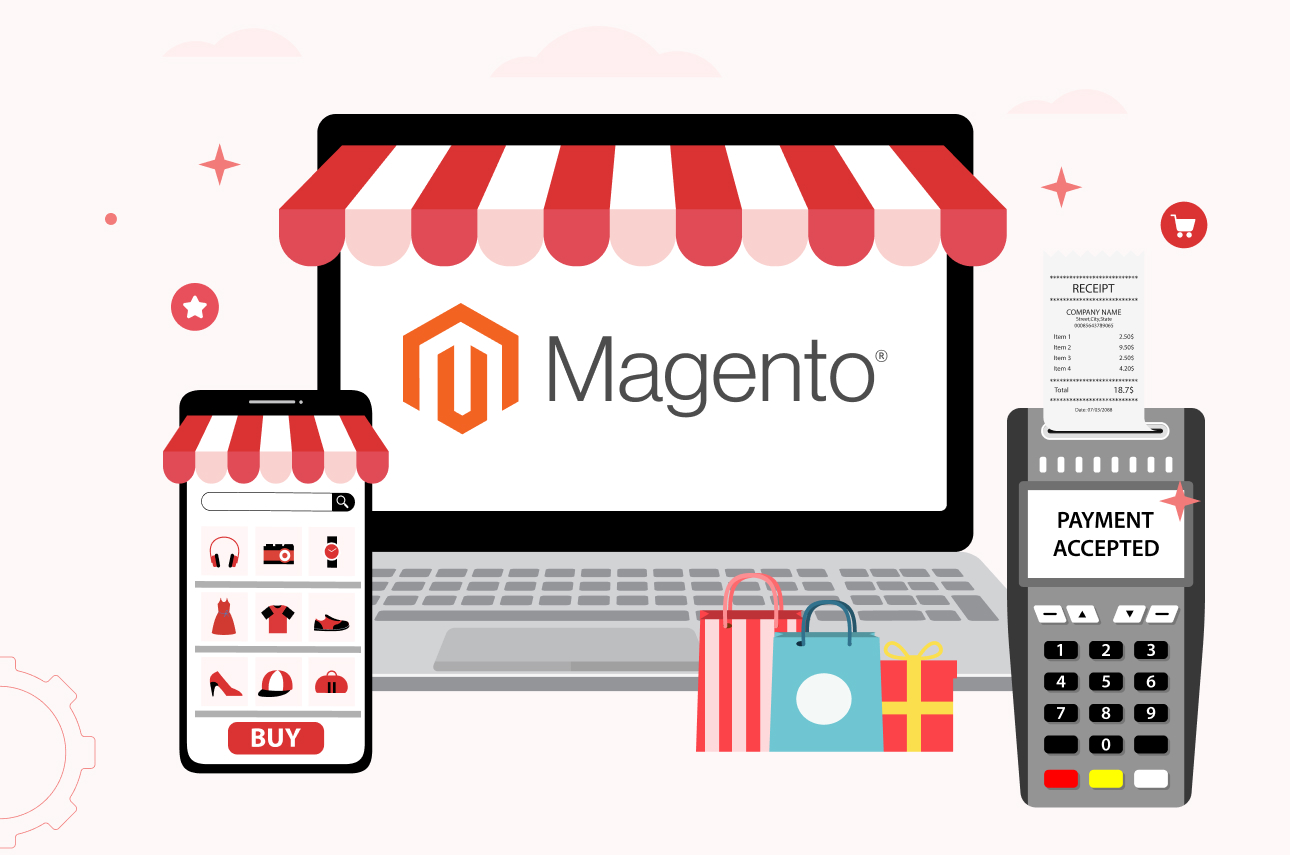Introduction
In today’s digital era, the confluence of e-commerce platforms and point-of-sale (POS) systems has emerged as a revolutionary trend, especially for retailers who operate in both online and offline realms. Platforms like Magento have made waves in the e-commerce industry, but the true potential of these platforms is unlocked when they’re intertwined with POS systems. At the heart of this synergy is the drive to offer consumers a seamless shopping experience, whether they’re browsing items online or walking through aisles in a physical store. This cohesion is the foundation of Magento Omnichannel operations.
While many Magento merchants have established a stronghold in the e-commerce landscape, a notable fraction also boasts brick-and-mortar establishments. Some even have an expansive physical footprint, spanning multiple nations. Under these diverse operational circumstances, the integration of a POS system, particularly the Magento 2 POS system, stands out as a transformative strategy. Such integration ensures that whether a customer is making a purchase from the comfort of their home or at a bustling store counter, their experience is smooth, consistent, and memorable.
The essence of POS lies in its ability to redefine the checkout journey in retail establishments. Beyond being a mere checkout technology, POS serves as a harmonious blend of software and hardware components working in tandem. Its primary goal? To accelerate and simplify transactions. And when this functionality integrates with platforms like Magento, the result is an unparalleled checkout experience, solidifying the importance of Magento point-of-sale integration in the broader retail ecosystem.
As we delve deeper, we’ll explore the symbiotic relationship between Magento and POS systems. Harnessing Magento Development Services and Adobe eCommerce Solutions, businesses can truly elevate their retail operations, blending the digital and physical domains seamlessly.








